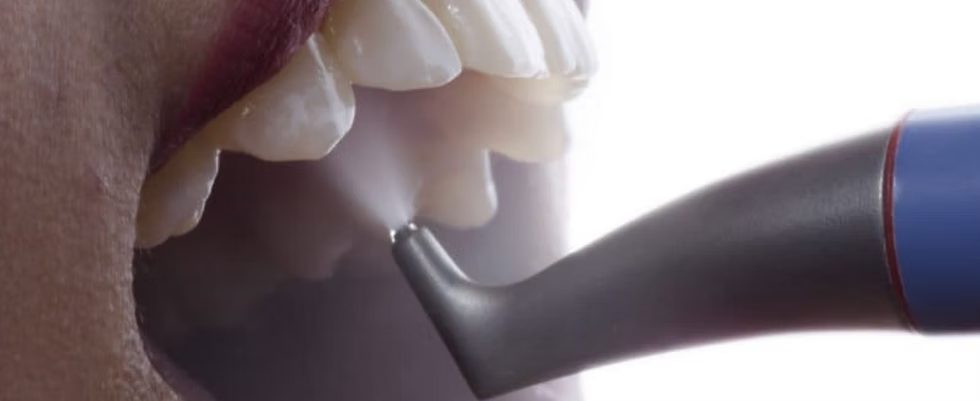
Teeth Care Centre® LUXE – The Art of Premium Dentistry:
AtTeeth Care Centre® LUXE, dentistry is not merely a treatment — it is a carefully crafted experience, designed for those who seek the highest standards, absolute precision, and uncompromising quality.
Founded on decades of clinical excellence, we have consistently set benchmarks in evidence-based dentistry, advanced technology, and ethical practice.
Teeth Care Centre® LUXE is the natural evolution of this legacy — created exclusively for patients who expect global standards with personalised attention.
We do not believe in mass dentistry.
We believe in bespoke dentistry.
What Makes Teeth Care Centre® LUXE Different:
> Personalised, Appointment-Only Care
Every Teeth Care Centre® LUXE patient receives unhurried consultations, precise planning, and complete transparency.
> International Materials & Technology
Only FDA-approved, CE-certified, world-class brands are used — because longevity and safety matter.
> Precision-Driven Aesthetics
Smiles are designed to complement your face, personality, and lifestyle, not trends.
> Comfort without Compromise
From advanced pain-minimisation protocols to premium chair side comfort, your experience is designed to feel calm, controlled, and reassuring.
Signature Teeth Care Centre® LUXE Experiences:
> Teeth Care Centre® LUXE Smile Architecture
Digitally designed, face-driven smile transformations with premium ceramics.
> Teeth Care Centre® LUXE Implant Experience
Guided implantology using world-renowned implant systems with long-term predictability.
> Teeth Care Centre® LUXE Aesthetic Dentistry
Natural, refined restorations that blend seamlessly with your features.
Each treatment is documented, explained, and executed with absolute precision.
Teeth Care Centre® LUXE is created for:
Who value quality over convenience.
Who seek long-term excellence.
Who understand that true luxury lies in details.

